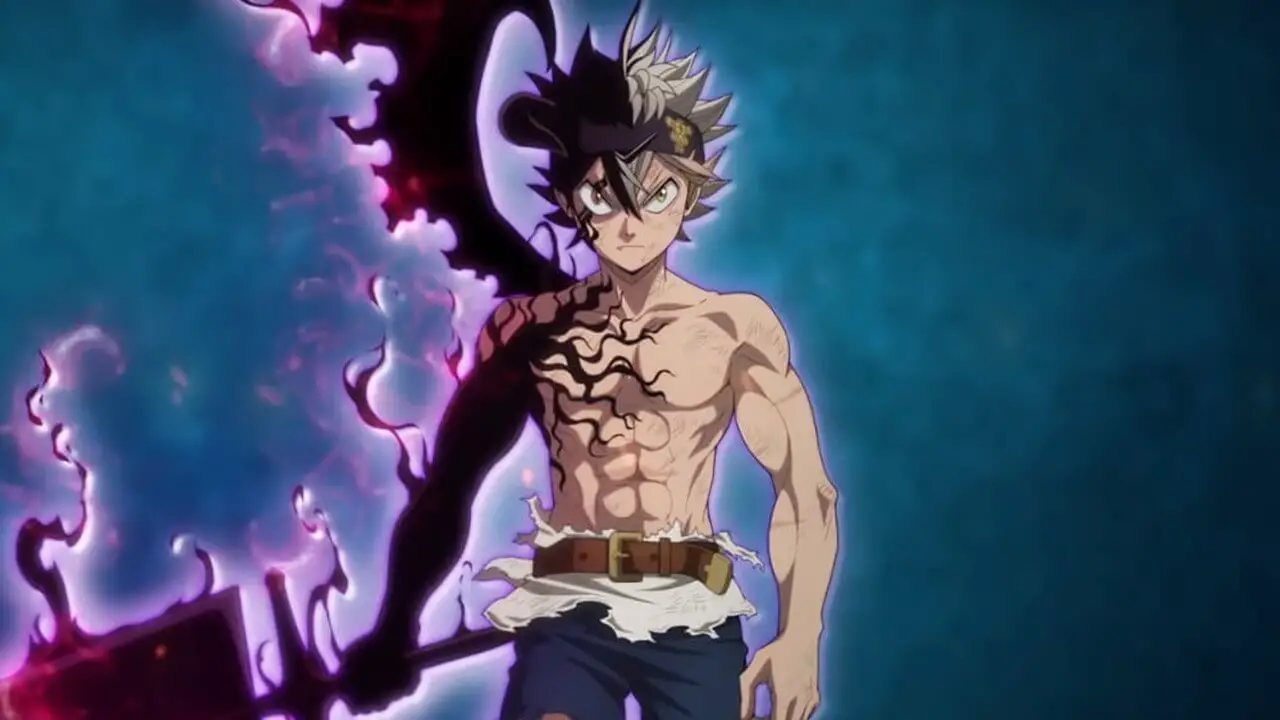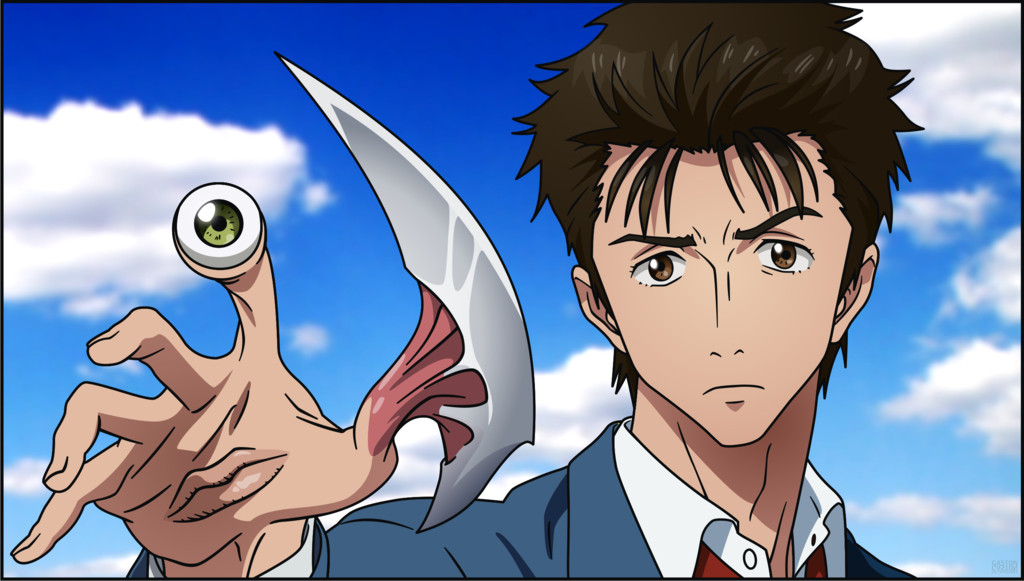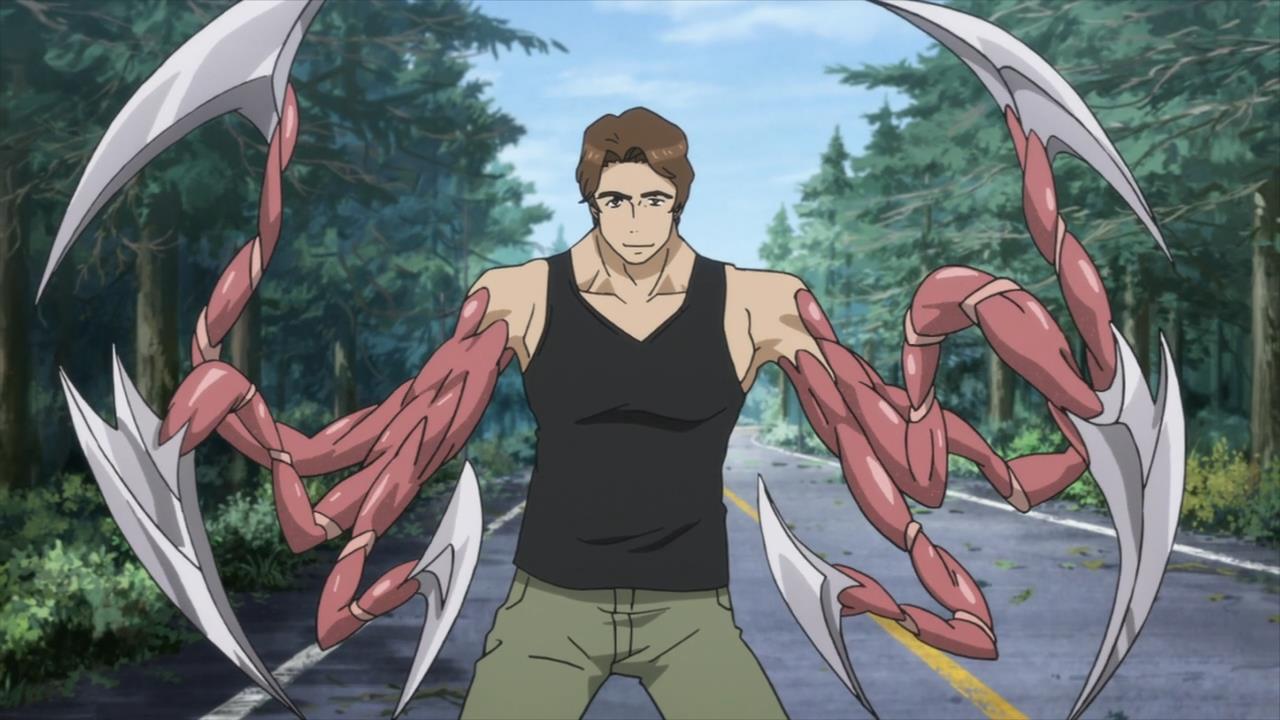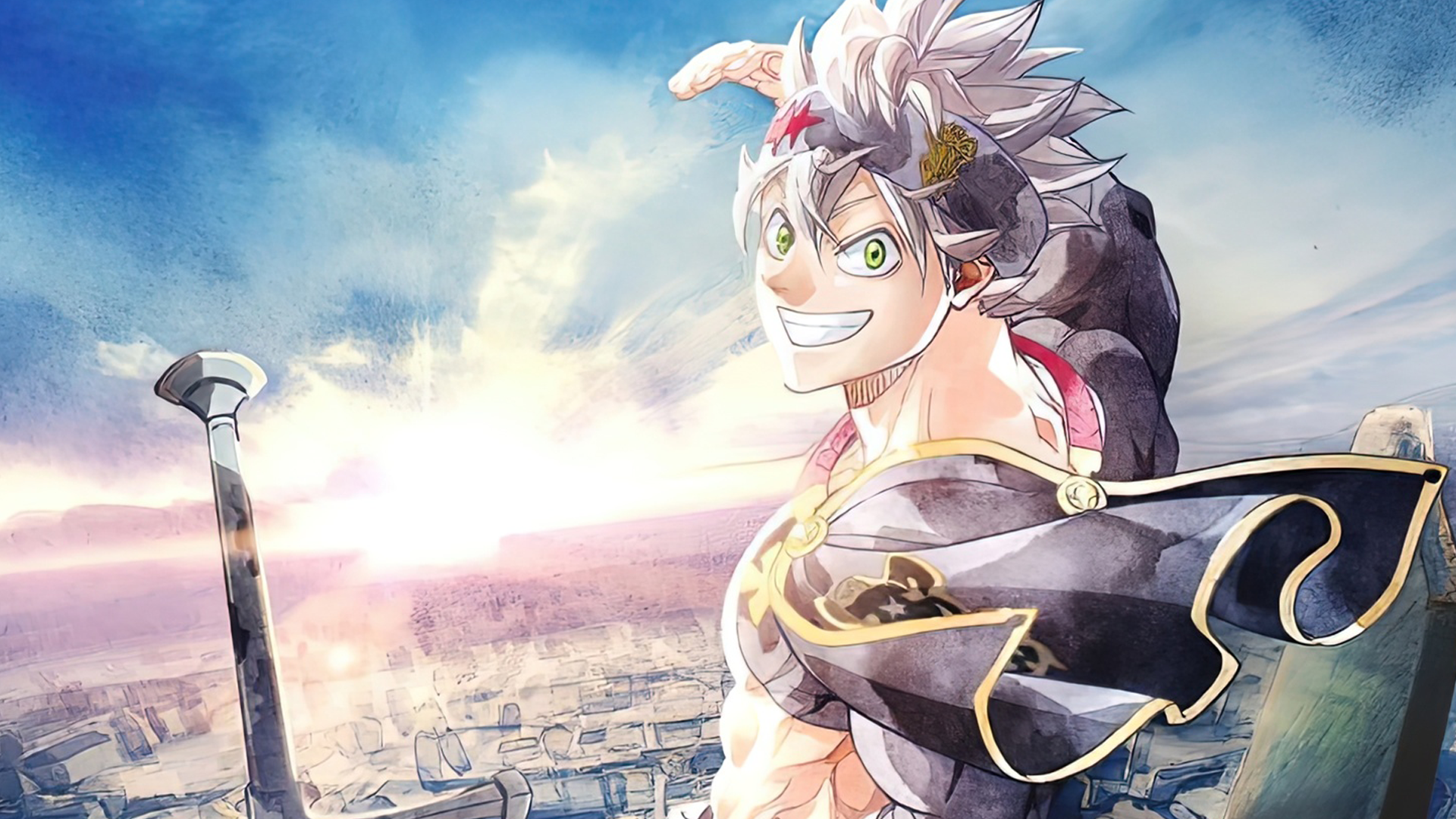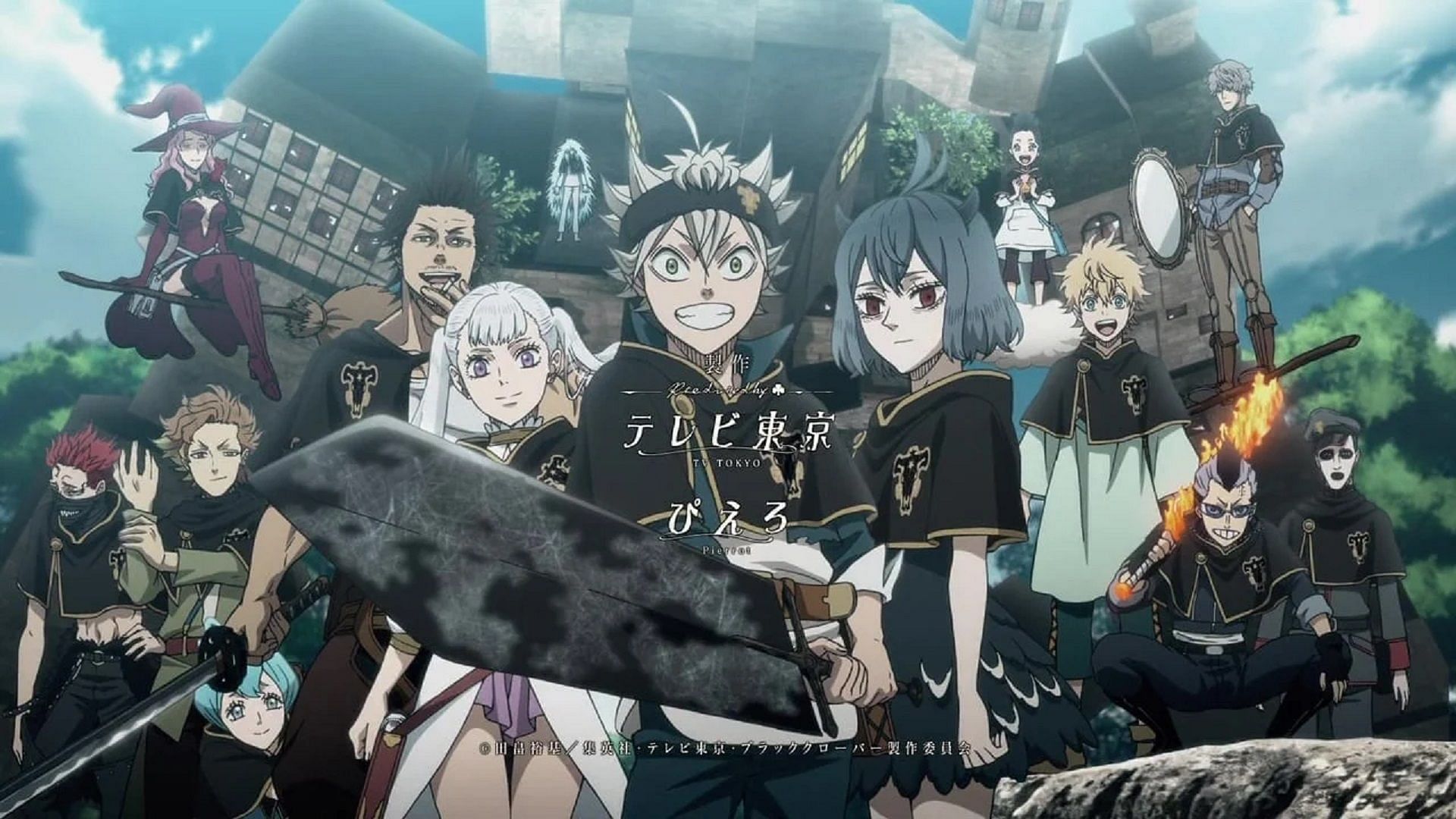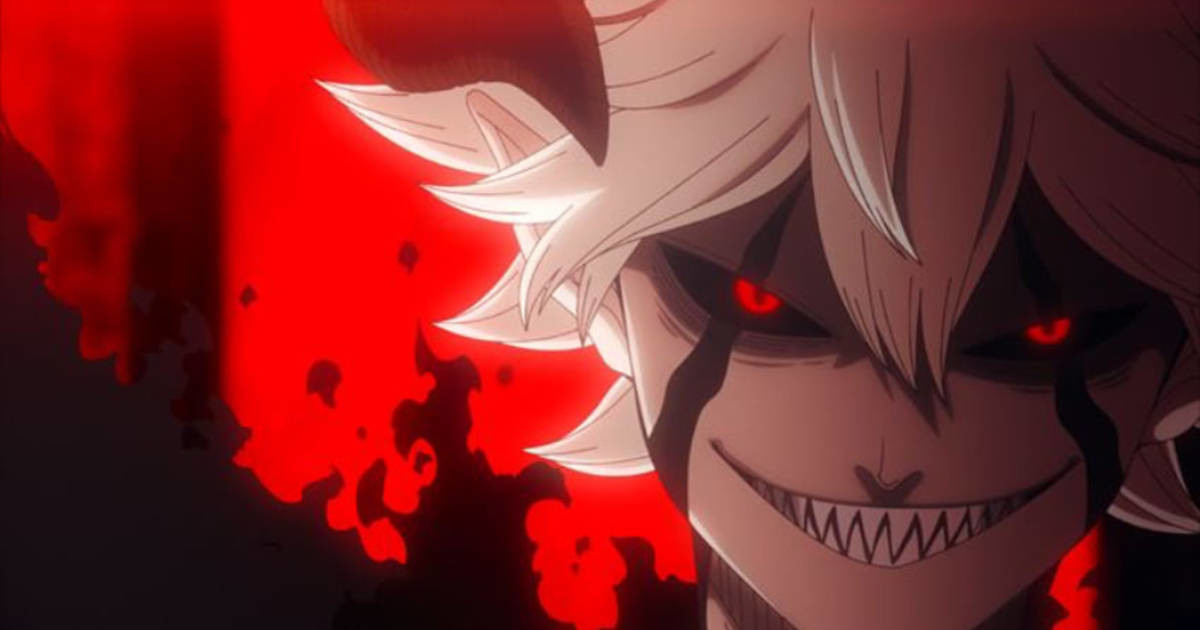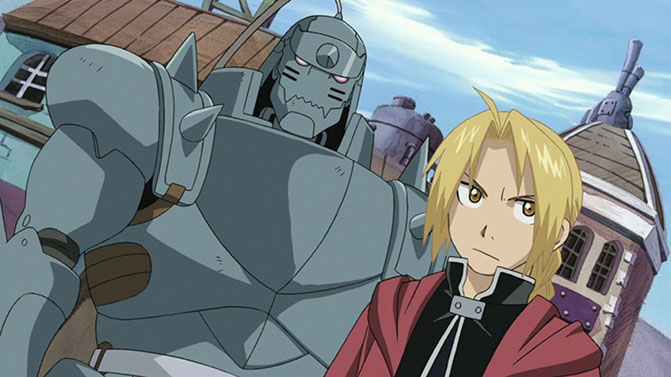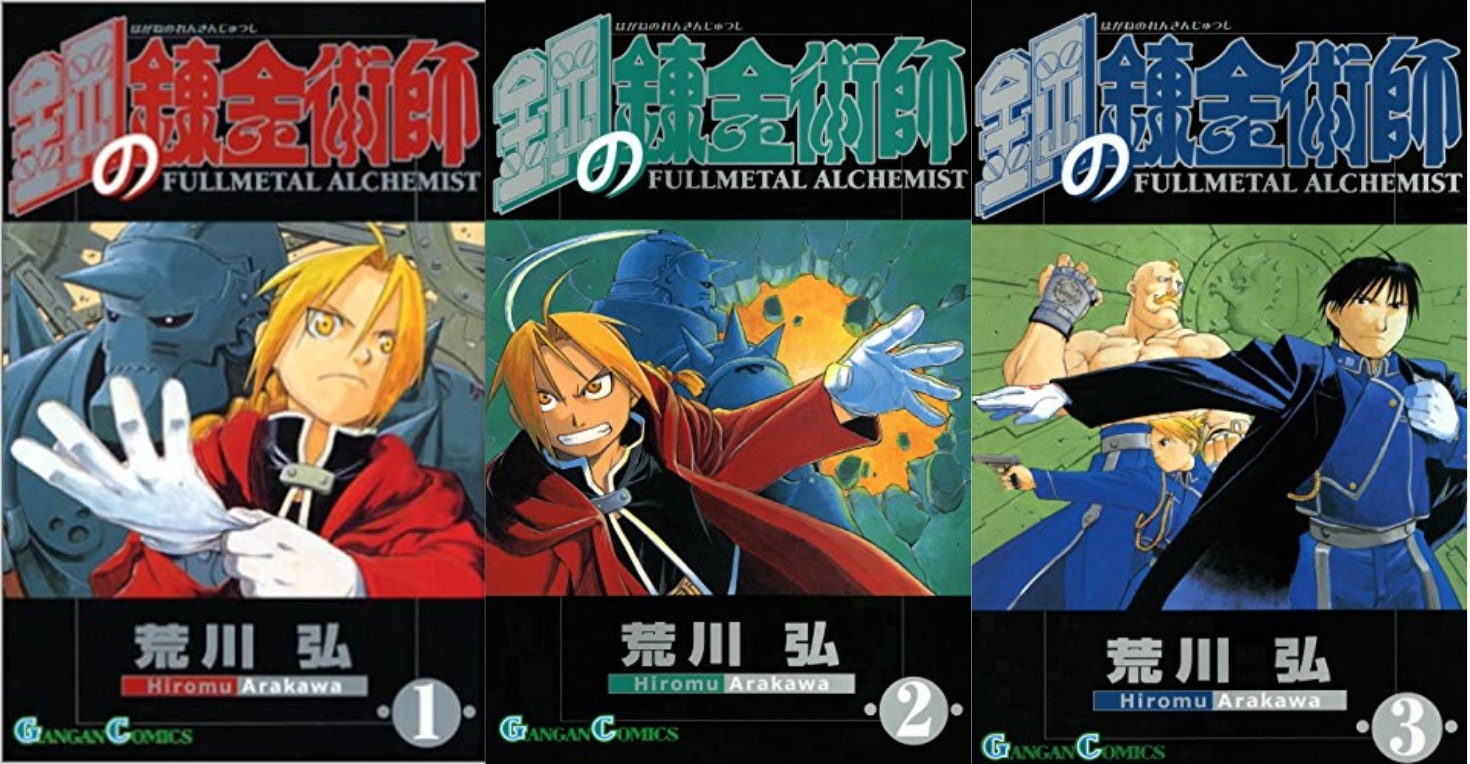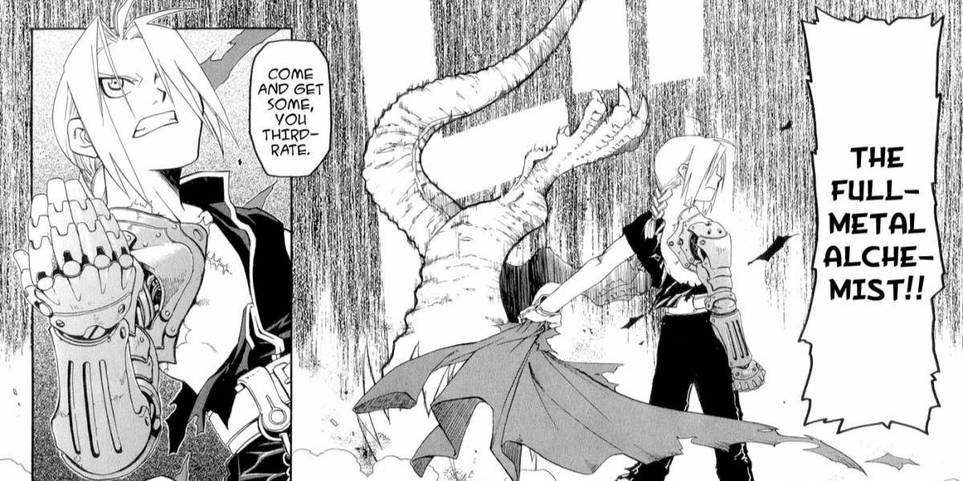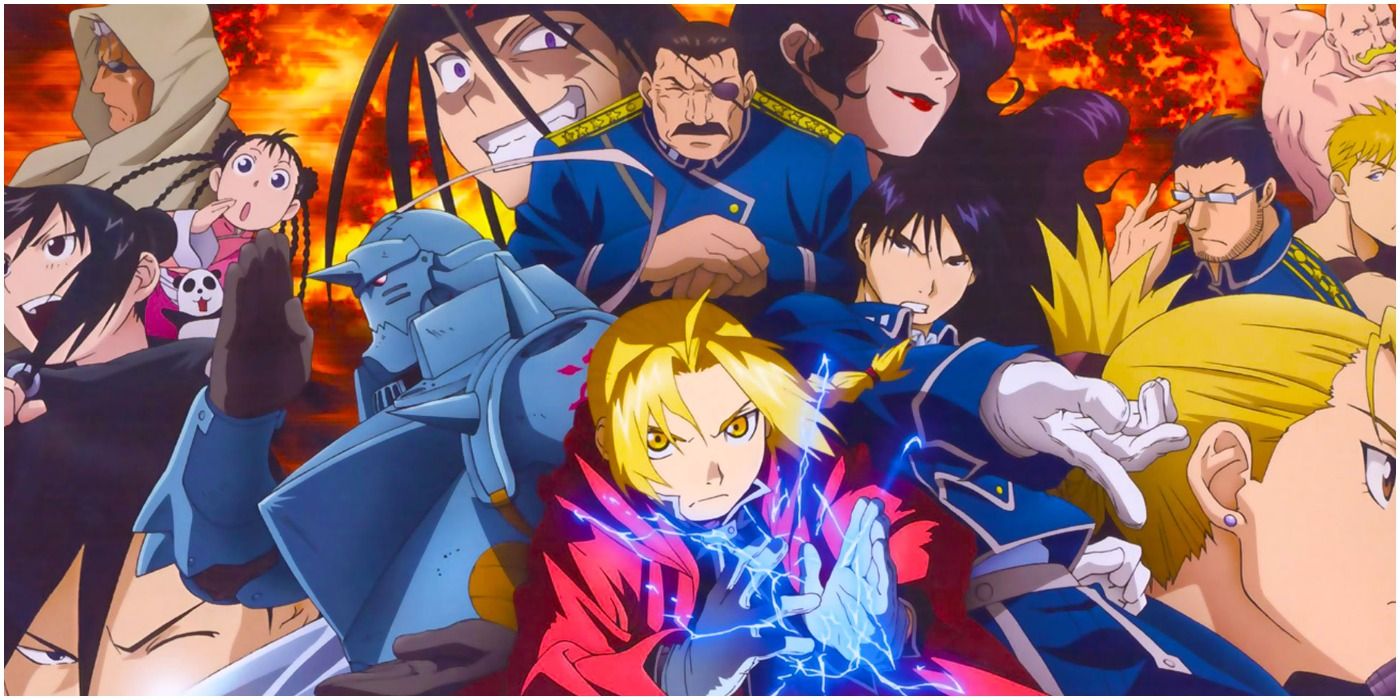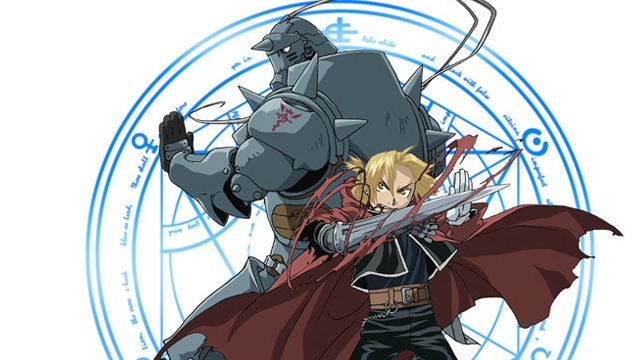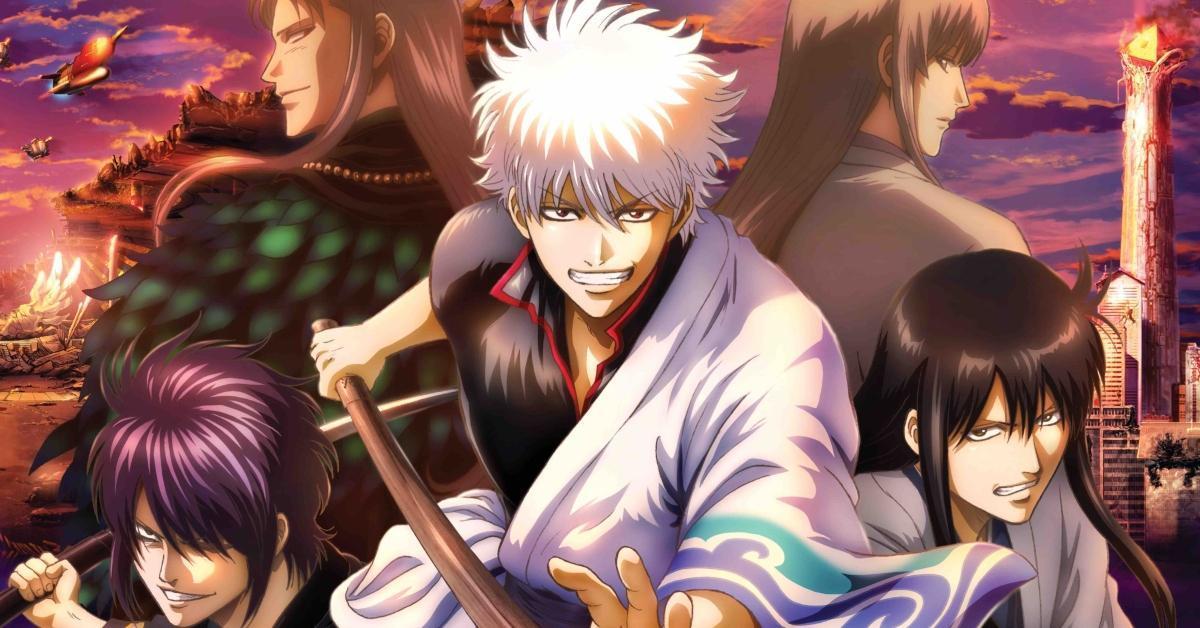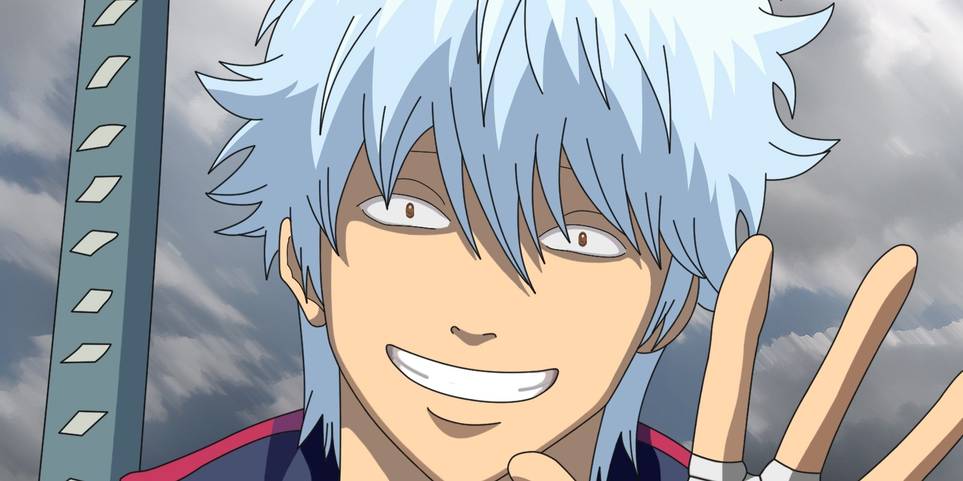Search This Blog
Black Clover Filler Episodes List
Guide To Black Clover’s Filler Episodes
Black Clover’s manga might still be going strong, but the anime series has drawn to a close, making it the perfect time to binge through from start to finish. Whether you’re a new or returning fan, Black Clover is a joy to watch.
The series follows Asta and Yuno, a pair of orphans who grow up in the regional area of the Clover Kingdom with the goal of heading into the city to become Magic Knights. On their way to achieving this goal, there are plenty of challenges and mysteries that they uncover relating to their past.
If you plan on watching this series but don’t have a ton of time, then you may want to stick to the episodes that are integral to the story. Obviously, this means skipping the spoilers, and fortunately, there aren’t a whole lot in this series.
Black Clover‘s Filler Episodes:
Black Clover only has 17 filler episodes in its 170-episode run, making skipping them a very simple task; however, you may want to watch them just for the extra adventures with Asta and the gang since it doesn’t look like we’re getting more episodes anytime soon.
Here is the full list of filler episodes in Black Clover.
- Episode 29: “Path”
- Episode 66: “The Secret of the Eye of the Midnight Sun”
- Episode 68: “Battle to the Death?! Yami vs. Jack”
- Episode 82: “Clover Clips: The Nightmarish Charmy Special!”
- Episode 123: “Nero Reminisces… Part One”
- Episode 124: “Nery Reminisces… Part Two”
- Episode 125: “Return”
- Episode 131: “A New Resolve”
- Episode 134: “Those Who Have Been Gathered”
- Episode 135: “The One Who Has My Heart, My Mind, and Soul”
- Episode 142: “Those Remaining”
- Episode 143: “The Tilted Scale”
- Episode 144: “Those Who Wish for the Devil’s Demise”
- Episode 145: “Rescue”
- Episode 146: “Those Who Worship the Devil”
- Episode 147: “Prepare to Die”
- Episode 148: “Becoming the Light That Shines Through the Darkness”
If you're still here,
here's the trailer for you
5 Reasons To Watch Parasyte
Why You Should Watch Parasyte: The Maxim
Every now and then you'll come across a show that's just so good that you can't help but tell people about it. For me, at this moment, that show would have to be Parasyte: The Maxim. Having just finished the final episode last night, (really, early this morning) I'm still attempting to wrap my head around it all. Parasyte is unlike any other anime that I've seen, which is why I feel even more inclined to share my thoughts on why people should watch it.
To start, Parasyte: The Maxim tells the story of Shinichi Izumi, a seventeen year old high school student who has been partially infected with a Parasyte - a dangerous, (seemingly) otherworldly creature that inhabits the body of humans and feeds upon them. Shinichi quickly realizes that he'll need to work together with his Parasyte, Migi, if he has any hope of keeping himself, and the people he cares about, safe from this strange, invasive enemy.
PLOT:
The plot revolves around parasitic aliens that descended upon Earth with the desire of consuming human flesh and overpowered humanity by burrowing into the brains of easy targets. These extraterrestrial beings acquire full control of their host.
The parasite, Migi, is unable to move from his current location in Shinichi’s hand and has no choice but to rely on Shinichi in order to stay alive.
Action Sequence:
Parasyte has insane action sequences that leave you glued to your seat because every single scene is both life-threatening yet crucial for the character’s development.
The fights are always lighting quick and precise. One-fifth of the show consists of action which is the perfect proportion for an anime of this genre.
The episodes are fast-paced and even the action scenes are written in such a way that is informative but also doesn’t make it feel like information-overload for the viewer.
The most praise-worthy factor that makes the fights all the better with such excellent animation.
Setting:
Parasyte mostly takes place in a quiet neighborhood in Tokyo, Japan where the main character Shinichi resides with his parents.
The show does justice to being a horror manga series with its intense, psychological twists.
Characters:
i) Main charactersShinichi Izumi is the main protagonist of the Parasyte series. He is a high school student whose right arm was infected with a parasite that he later names Migi.
Shinichi is introduced as a thoughtful and nice person who cares a great deal for those around him. Sometimes, he also comes across as a bit of a pushover and a coward, due to his awkward behavior and paralyzing fear of bugs.
Shinichi’s initial fears subside after he starts forming a bond with Migi.
Migi, which means righty, is the name given to the parasite that resides in Shinichi Izumi’s right hand.
Migi is unlike most other parasites in the series. He is described as an intelligent organism that didn’t develop an urge to eat humans, due to not consuming the brain of the host, which also allowed Shinichi to retain his individuality.
Migi often thinks of Shinichi as a threat because he is always getting into fights to save others, and he once threatened to harm him to stop him from getting them in any danger.
ii) Supporting Characters:
Reiko Tamura or Ryouko Tamiya, is a Parasite and one of Shinichi Izumi’s high school teachers.
Reiko is shown as a highly intelligent parasite with the scientific disposition and an ambitious goal to discover the biology, origin, and purpose of parasites.
Kana Kimishima is a disobedient character or rebel who develops a crush on Shinichi Izumi.
She is a calm and carefree person, who seeks out entertainment occasionally through bullying. Because of her carefree nature, she had no qualms with her friends bullying others as well, except for when it came to Shinichi Izumi.
Satomi Murano is Shinichi’s best friend and companion.
Both the characters develop a romantic relationship over the course of the series, but their attraction to and fondness for one another is held back by Shinichi’s fear of his own monstrous nature and Satomi’s fear of Shinichi’s secretive behavior because of the unusual situation he is in.
If you're still here,
here's a trailer for you
5 Reasons Black Clover is Worth Watching
Black Clover: 5 Reasons Why You Should Watch It
Black Clover has been around in the anime community for a while now, ever since it first premiered in October 2017. This action-packed anime series is based on a manga series written and illustrated by Yūki Tabata.
The story revolves around a boy called Asta who is seemingly born without any magical powers. This is an unusual thing in their world. Asta is very ambitious and he plans to become the Wizard King. With that being said, this series has received mixed responses from viewers.
Like any popular series, it is bound to be picked apart with people wondering if it’s worth watching. If you’re curious about that, you’ve come to the right place! Read on to find out what exactly makes Black Clover so good and whether you should invest your time on it.
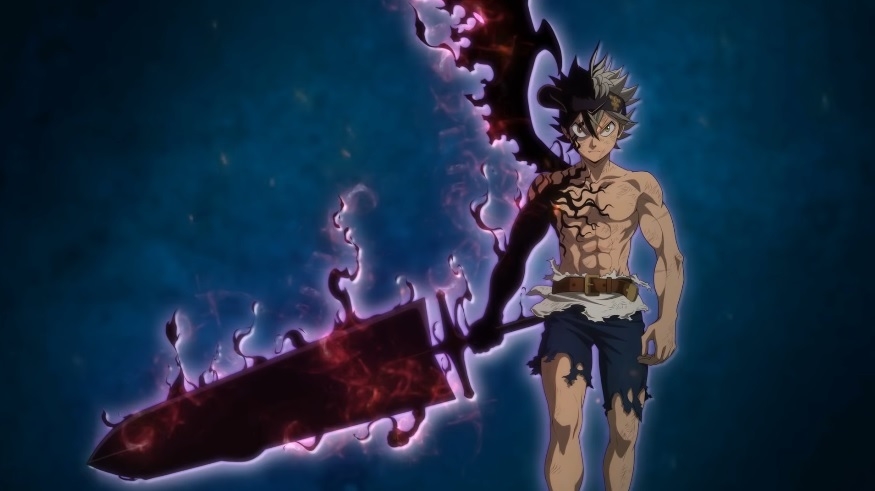
It is the new king of Shonen anime:
As we all know, Black Clover has always been compared to the likes of My Hero Academia or Naruto. This relatively new anime series has its own identity, though. As a lot of fans have stated. it takes a lot of elements from its predecessor shonen prototypes and presents it in a better way. If the upcoming Season 3 gets to continue the show's progress, Black Clover might just be the new king of Shonen anime shows.
The Story Takes A While To Progress But It Gradually Gets Better And Better:
From the synopsis alone, fans can get the idea that Black Clover will be set in a magical world but it didn't mention that it will be in a medieval setting. The world of Black Clover has a power system that affects everyone in their class. Even better, there is a world outside for the characters to explore. Aside from the social system, there is also a magic system that consists of different types of magic.
It makes sense for shows to take some time to establish the characters and the general feel of the story. This is exactly what happens in Black Clover. A lot of fans of the series also admit that the beginning of the series is actually the worst and it only gets better from there.
Black Clover gradually becomes more interesting with its storytelling. It challenges itself and takes the story forward from what it previously was. The series has a compellingly creative way of portraying the characters as well, both villains and heroes. If you decide to watch and the first few episodes are not so great for you, hang in there. Because Black Clover only continues to get better and better!
Asta is a character worth following:
If you've followed Black Clover religiously, you know that our main wizard boy Asta is bound for greater things. He's one of the most strong-willed anime protagonists you will ever see on-screen. Have you seen anyone like him? While lacking power with all odds stacked against him, he just works so hard to compensate for his weaknesses. Isn't there a lot left to see out of him?
Asta may be a protagonist who is a little hard to take in at the start of the series. There’s a lot of screaming on the character’s end and many fans of the series have admitted they did not like how whiny Asta acts at first.
Later on, as the series progresses though, Asta learns to be more civilized. We see that Asta deeply cares about other people and he has a big heart. Not only does his personality become more endearing, he also greatly improves in his abilities.
He was born without magical powers yet he always gives his all and believes in himself despite so many odds against him. This shows that he is a strong and determined character worthy of being a likable main protagonist.
The Characters:
Black Clover has a large cast. Sometimes, shows can get overwhelmed with this and not give each character a chance to develop. That is not the case with Black Clover. Each character has their moment to shine, to grow, and to be recognized. All scenes with the characters are still relevant to the story so there are no added fillers. And it’s especially wonderful to see strong female characters in a shonen anime series. Black Clover truly lets its side characters shine through teamwork, with every character feeling like an important and essential piece of the story.
A lot of anime shows do a terrible job of fleshing out their supporting characters and this makes for a dull, boring watch. Black Clover, however, brilliantly succeeds in this department. The side characters are not just there to drive the plot forward, they have really emotional arcs and the audience is made to root for them.
Yuno and Asta have contrasting personalities and roots. However, they both have the same goal and whether they end up on top or not, we can say that those two are great rivals that acknowledge one another. Their iconic pairing can be compared to the greatest Shonen rivalries in recent memory and their magic just takes their story to a whole another level.
The use of magic is massive:
The use of magic in anime shows isn't new at all. In fact, some of the best magicians end up using their abilities to create beautiful things. However, Black Clover shows that there is more than generic mid-range magic that you commonly see. The anime is fond of showing magic in the form of grand things just like tornadoes, balls of water or even strands of pure evil.
Pacing & some fresh OPs:
Unlike other shonen series, the pacing of Black Clover is perfect. No unnecessary fillers and no long irrelevant scenes to waste time. The story continuously moves at the right pace, giving fans the information they need before going forward. The twists and turns are given at the right time. Issues are solved immediately without dragging the story. Fans won't feel the need to skip any part because if they do, they will miss something important.
With Black Clover Season 3 upcoming, there are a lot of new things to be excited about. Aside from the possible new arcs and stories to be seen, its director has revealed that the series' continuation comes with a new opening song which will be performed by EMPiRE entitles "Right Now".
here's the trailer for you
15 Reasons To Watch Fullmetal Alchemist Anime And Read Manga
Fullmetal Alchemist: 13 Reasons Why You Should Watch It
Just to be clear, there are two Fullmetal Alchemist shows; the first is Fullmetal Alchemist released in 2003, the other is Fullmetal Alchemist: Brotherhood, released in 2009. The 2003 version portrayed a small portion of its source material, the manga, but then diverges to tell its own story (still worth a watch due to its unique storyline).
Fullmetal Alchemist: Brotherhood, on the other hand, stays true to the original author's work, thus making a fairer comparison between it and the manga. So, to help make the decision a little easier, let's look at the pros for reading the manga and watching the anime.
Manga: It's Quicker:
Plain and simple, the manga is faster to go through. If you aren't willing to invest a lot of time with the show, the manga would be the better choice. A page of the manga could be adapted to a five-minute sequence in the series, so it might not be everyone's cup of tea to see the story drag on too long. Before the show ended its run, the manga was the first choice for fans due to it being so far ahead from the series, but due to the manga's monthly outing compared to the anime's weekly, both ended around the same time.
The Format And The Black And White Images:
Your Imagination:
One of the most enticing reasons for reading the manga instead is the implementation of your imagination. Reading any comics, you subconsciously tag a voice to each character to what you feel is best suited for them. Another example is the sound effects and music that play out in your head while flicking through the story. Although you're reading through still images, imagination takes over, and you can roughly visualize their movements. This heavily applies when reading through any action sequences; the fight technically plays out itself.
The Volume/Chapter Covers:
This may be a small plus for choosing to read the manga over watching the anime, but Fullmetal Alchemist features many memorable covers. More of a treat for the fans, giving them an exclusive image by Arakawa herself. Occasionally Arakawa would leave a "thank you for the support" note after reaching a particular milestone, so that's always nice to read.
The Coal Mine Chapter:
This is a chapter the original 2003 anime adapted, but Brotherhood took a different route. Chapter three, Volume one, had Protagonist Edward and brother Alphonse journey to a Coal mine town. There they found the miners were working under the corrupt official, Lieutenant Yoki. Other than introducing the cowardly Yoki, there isn't much that happened here storywise. Still, the chapter did display how State Alchemists were seen as mere dogs of the military and selfish, but more importantly, it showed more of Edward's character being the bright and kind-hearted alchemist he is.
Anime: Dark, Mature and Complicated Plot:
Charismatic and Well-Built Characters:
Great Animation:
Unfortunately, some animes don't exactly live up to its source material, but Fullmetal Alchemist: Brotherhood knocked it out of the park. The animators stayed true to author Hiromu Arakawa's art style, and the results are fantastic.
The Debut Episode:
The Music:
Unless you're listening to the original soundtrack in the background while reading the manga, the music in Fullmetal Alchemist: Brotherhood shouldn't be missed. Perfectly capturing the tone of the show and fully immersing you into its world. This goes for both the 2003 and 2009 adaptations, but the orchestra behind Brotherhood's music went above and beyond to get fans feeling all the right moods at the right time. One that will especially stay in mind is the eerie Homunculus theme that pops up throughout the series.
Great Voice Acting Performances:
Whether you're watching the show in Japanese or English dubbed, the voice work is brilliant all-round, with the English dubbed voice work for Edward Elric as a standout. Multiple voice actors from the 2003 adaptation came back to voice their characters for Brotherhood. Reading the manga allows you to imagine how everyone would sound like, but the show nailed their voice casting to the point where it's hard to think of Edward and friends sounding like anything else.
The Intros:
Not having much to do with the story other than showing what's ahead (could also be seen as minor spoilers), but having a great intro tends to pump you up and pulls you into the world. It also doesn't hurt that the intro music choices for each season are excellent. The animations in the intro are done just as well as the episode itself. This, unfortunately, is not the case for many other animes where the intro tends to look better. Although a little spoiler-ish and misleading at times, seeing Edward facing off against Gluttony and Lust in the season one intro excites you for the battles to come. The soundtrack is, although it may not seem like it, one of the most important sections in any audiovisual work, and Fullmetal Alchemist: Brotherhood was not going to be less. We are facing an exceptional soundtrack, which manages to enliven each and every one of the key moments of the plot. From the most intense fights, to the saddest moments, we will always listen to a song that will remain engraved in our memory for days. Likewise, we can highlight the opening songs of each chapter, also known as “Openings”. In this series we have 5 in total, which are distributed throughout its 64 chapters, and each one is better than the last. We have from moved songs, more suitable for pure action series, to a melancholic song, which fills our hearts with sadness and unease when we hear it.
Flowing, fast-paced action scenes:
We have said that this series has a dark and mature plot, but at no point have we commented that it did not have action scenes. In this series there is room for everything, from the melancholic or sad moments, to the scenes with pure and hard action (although sometimes both types of scenes are mixed). These scenes turn out to be some of the most interesting and fun to watch in the entire series (without detracting from those that focus more on the narrative section). Fluid movements as well as showy skills they turn out to be a delight for our senses. This may seem insignificant for a person who is not very fond of this type of entertainment, but it is very pleasant to see these types of scenes.
If you've came this far,
here's a trailer for you
Gintama Watch Order: The Complete Guide
Complete Guide To Watch
Gintama In Order
Gintama is about the end of the samurai regime and the invasion of extraterrestrial visitors, which made many samurai reduced to average workers trying to make ends meet. The anime focuses on an eccentric samurai, Gintoki Sakata, who works as an odd-jobs freelancer with his gang who have no regard for Invaders’ rules and few among those who have not forgotten the morale of a swordsman. Due to this captivating summary, I’ve written this complete guide on Gintama’s watch order.
Gintama is one intriguing and fantastic anime to watch out there and make a viewer laugh; the anime has put a lot into it to make it a reality. Which I will say they did. And as a result, Gintama is one of the best anime series to date. This anime is a must-watch; I will say. So, if you seek a proper way to watch the series, this guide will surely help you out to watch them more easily and accurately.
Other than comedy, there are serious and life-threatening events in Gintama that are shown with chilling severity and gruesome action, but at the end of the day, you’ll remember Gintama for its iconic jokes and literal comedy.
Gintama Watch Order:
Gintama is one of the best comedy anime in the world. There was one time I had Gintama as a comedy anime recommendation to watch, so I gave it a try, and surprisingly while watching it, I wanted to see its end no matter how long it was going to take. Creatively the anime switches from light-hearted comedy funny moments to an intense battle. These transitions, I must say, are fantastic in anime.
There are eight TV installments, four movies, one OVA series, and five specials in Gintama. But for your ease and convenience, I will provide the order in which you can watch them. Of course, you can skip the specials in Gintama as you can watch them later or at any desired time.
Below is a recommended watch order for those who don’t want to follow a compilation of Gintama:
1. Release Order
I. TV Series
- Gintama (2006-2010)
- Season 1 (Episodes 1-49)
- Season 2 (Episodes 50-99)
- Season 3 (Episodes 100-150)
- Season 4 (Episodes 151-201)
- Gintama’ (2011)
- Gintama’: Enchousen (2012)
- Gintama° (2015)
- Gintama. (2017)
- Gintama.: Slip Arc (2017)
- Gintama.: Silver Soul Arc (2018)
- Gintama.: Silver Soul Arc – Second Half War (2018)
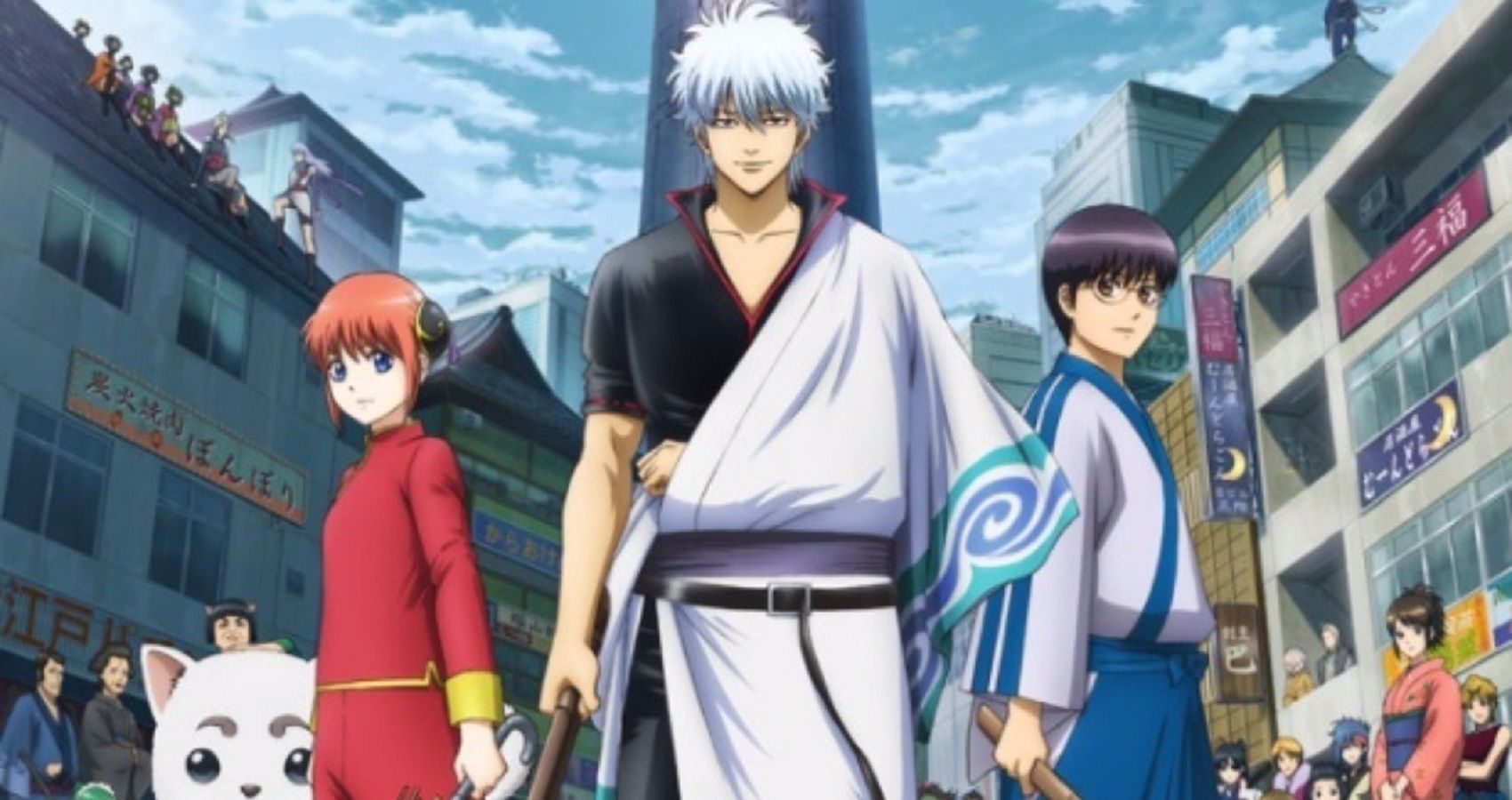
II. Movies
- Gintama Movie 1: Shinyaku Benizakura-hen (2010)
- Gintama: Yorinuki Gintama-san on Theater 2D (2012)
- Gintama Movie 2: Kanketsu-hen – Yorozuya yo Eien Nare (2013)
- Gintama: The Final (2021) (upcoming)
III. OVAs
- Gintama°: Aizome Kaori-hen (2016)
IV. Specials
- Gintama: Nanigoto mo Saiyo ga Kanjin nano de Tasho Senobisuru Kurai ga Choudoyoi (2005)
- Gintama: Shiroyasha Koutan (2008)
- Gintama: Dai Hanseikai (2010)
- Gintama: Shinyaku Benizakura-hen (2010)
- Gintama’: Futon ni Haitte kara Buki Nokoshi ni Kizuite Neru ni Nerenai Toki mo Aru (2015)
- Gintama°: Umai-mono wa Atomawashi ni Suru to Yokodorisareru kara Yappari Saki ni Kue (2015)
2. Chronological Order
- Gintama (Episodes 3-57)
- Gintama Movie 1: Shinyaku Benizakura-hen (The movie covers Episodes 58-61)
- Gintama (Episodes 62-201)
- Gintama’
- Gintama’: Enchousen
- Gintama Movie 2: Kanketsu-hen – Yorozuya yo Eien Nare
- Gintama°
- Gintama°: Aizome Kaori-hen
- Gintama.
- Gintama.: Slip Arc
- Gintama.: Silver Soul Arc
- Gintama.: Silver Soul Arc – Second Half War
- Gintama: The Final (upcoming)
Here's a trailer for you

